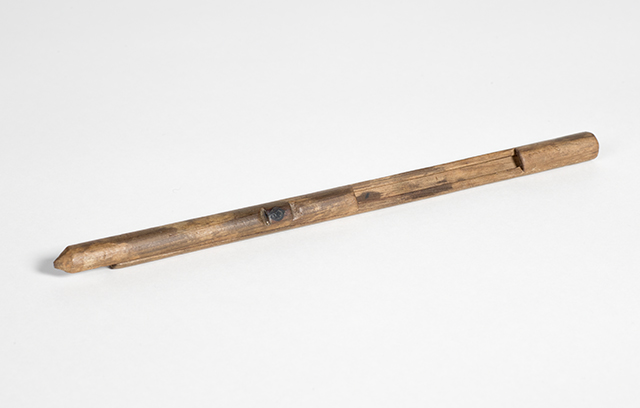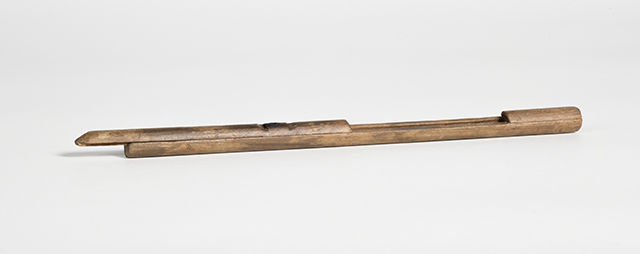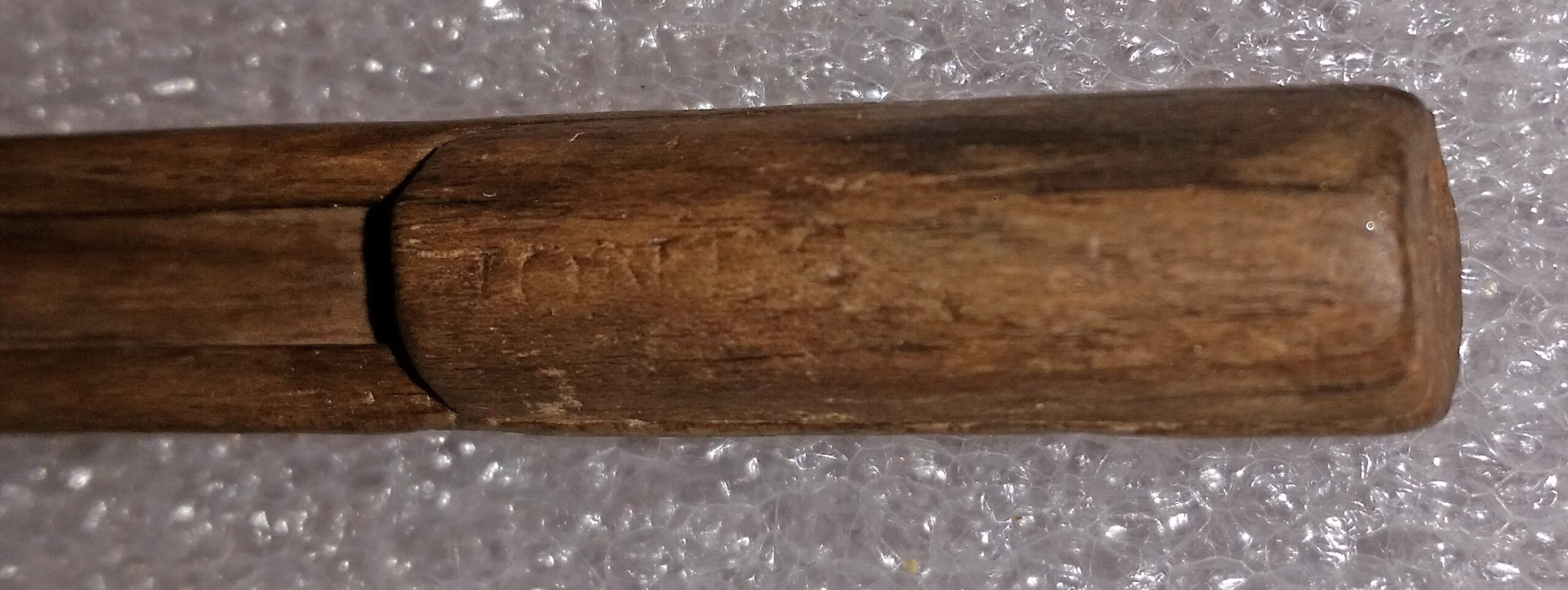Why yes, yes we do!
This is the question we received about a year or so ago from the Jamestown Yorktown Foundation. Part of the material that came from the Ronson ship (you can read more about that here and here), is an 18th century pencil, which really had not been looked at closely until this point.


The pencil was found with other archaeological material found inside the “Ronson” ship, which is now attributed as the merchant vessel Princess Carolina (1717). This ship was found in January of 1982 during a construction project, and archaeologists were given a month to retrieve whatever they could from the site before construction would continue. They removed the bow and many boxes filled with smaller objects, most of which now reside at our institution.
We then pulled the pencil out to take a good look at it, get photographs and do research. We noticed right away that there is a 6″ ruler stamped on one side and “JONES” on the other, presumably the maker’s name.

We began to research where in the fill of the ship the pencil was found as a means of trying to date the piece. Due to this, we believe it is from somewhere between 1745-1755, making this possibly the world’s second oldest pencil. The oldest being a carpenter’s pencil found in the roof of a 17th century house. Our pencil was probably manufactured in England and is made of two pieces; a long base and a sliding piece that holds the graphite. The two pieces are dovetailed together in a sliding joint so that the graphite could be retracted to protect the writing end.
Last week we had XRF (X-ray fluorescence) test to check the material in the piece, which indicated that the material in the piece is probably pure graphite. There was some iron present, but it appears to be from the wood absorbing that material from other pieces in the fill.
Research is ongoing in the case of this piece as there is still so much to discover, including identifying the maker.